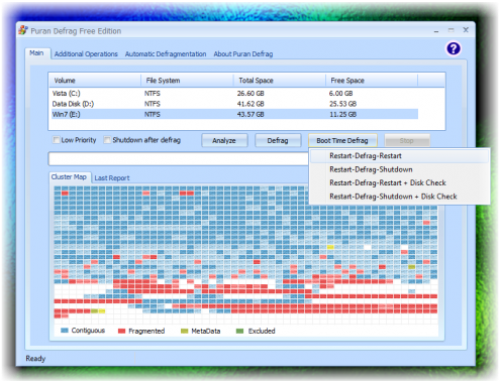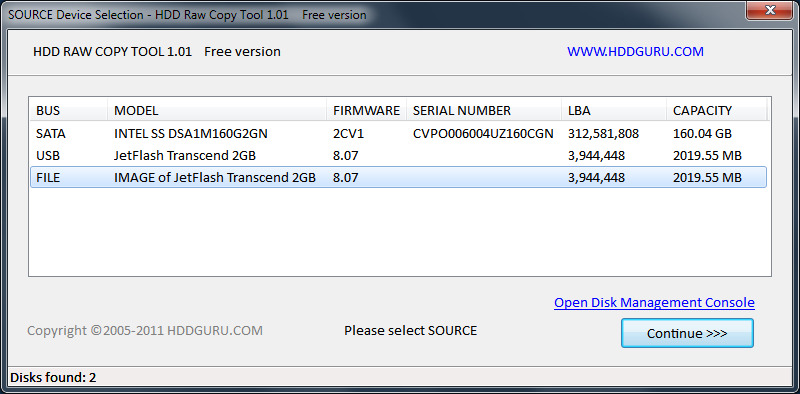

- #Bootable low level format tool read only how to
- #Bootable low level format tool read only for mac
- #Bootable low level format tool read only iso
#Bootable low level format tool read only how to
I've looked at the properties of the USB and I can't figure out how to restore original 16GB. But the USB no longer has the files on it, and is no longer format-friendly, as it only hs 4MB of space available on it.
#Bootable low level format tool read only iso
I still have the Windows 7 USB/DVD tool and the ISO to format it with.

Thank you in advance for your assistance.ĮDIT: What I'd like to do is return it to it's previous status as a bootable USB with Windows 7 installed on it. Here's to hoping that the USB isn't ruined permanently. I can't use it for anything like this, and I'm tired of searching around online for a solution with threads that only semi-touch on the problem I'm having. But when I try to format it back to FAT, the program (whatever default formatting program Windows 7 uses) only formats 4MB of storage out of the original 16GB. Today, I'm trying restore the original settings of the USB so I can use it once more. Yesterday, while I was out, my roommate borrowed the USB and (not knowing it had been formatted for Windows installation) fucked it all up n'shit. I successfully installed Windows on my old laptop's brand new 500 GB Seagate. Two days ago I took a 16GB HP USB and formatted it for installing Windows 7 using the Windows 7 USB/DVD tool. Please note: I'm a fucking novice and shit that is obvious to you probably isn't obvious to other people, myself included.

Hello Reddit, or rather, the TechSupport subreddit! Better to come to an online community and get answers to my specific woe so. Each volume within an APFS container can have its own APFS format – APFS, APFS (Encrypted), APFS (Case-sensitive) or APFS (Case-sensitive, Encrypted).I'm tired of searching Google for similar problems, too time consuming. You can easily add or delete volumes in APFS containers. For example, folders named “Homework” and “HOMEWORK” are two different folders. For example, folders named “Homework” and “HOMEWORK” are two different folders.ĪPFS (Case-sensitive, Encrypted): Uses the APFS format, is case-sensitive to file and folder names and encrypts the volume. Choose this option if you don’t need an encrypted or case-sensitive format.ĪPFS (Encrypted): Uses the APFS format and encrypts the volume.ĪPFS (Case-sensitive): Uses the APFS format and is case-sensitive to file and folder names.

#Bootable low level format tool read only for mac
Each volume uses only part of the overall container, so the available space is the total size of the container, minus the size of all the volumes in the container.Ĭhoose one of the following APFS formats for Mac computers using macOS 10.13 or later.ĪPFS: Uses the APFS format. If desired, you can specify reserve and quota sizes for each volume. When a single APFS container has multiple volumes, the container’s free space is shared and is automatically allocated to any of the individual volumes as needed. macOS 10.13 or later supports APFS for both bootable and data volumes.ĪPFS allocates disk space within a container (partition) on demand. While APFS is optimised for the Flash/SSD storage used in recent Mac computers, it can also be used with older systems with traditional hard disk drives (HDD) and external, direct-attached storage. Apple File System (APFS), the default file system for Mac computers using macOS 10.13 or later, features strong encryption, space sharing, snapshots, fast directory sizing and improved file system fundamentals.


 0 kommentar(er)
0 kommentar(er)
